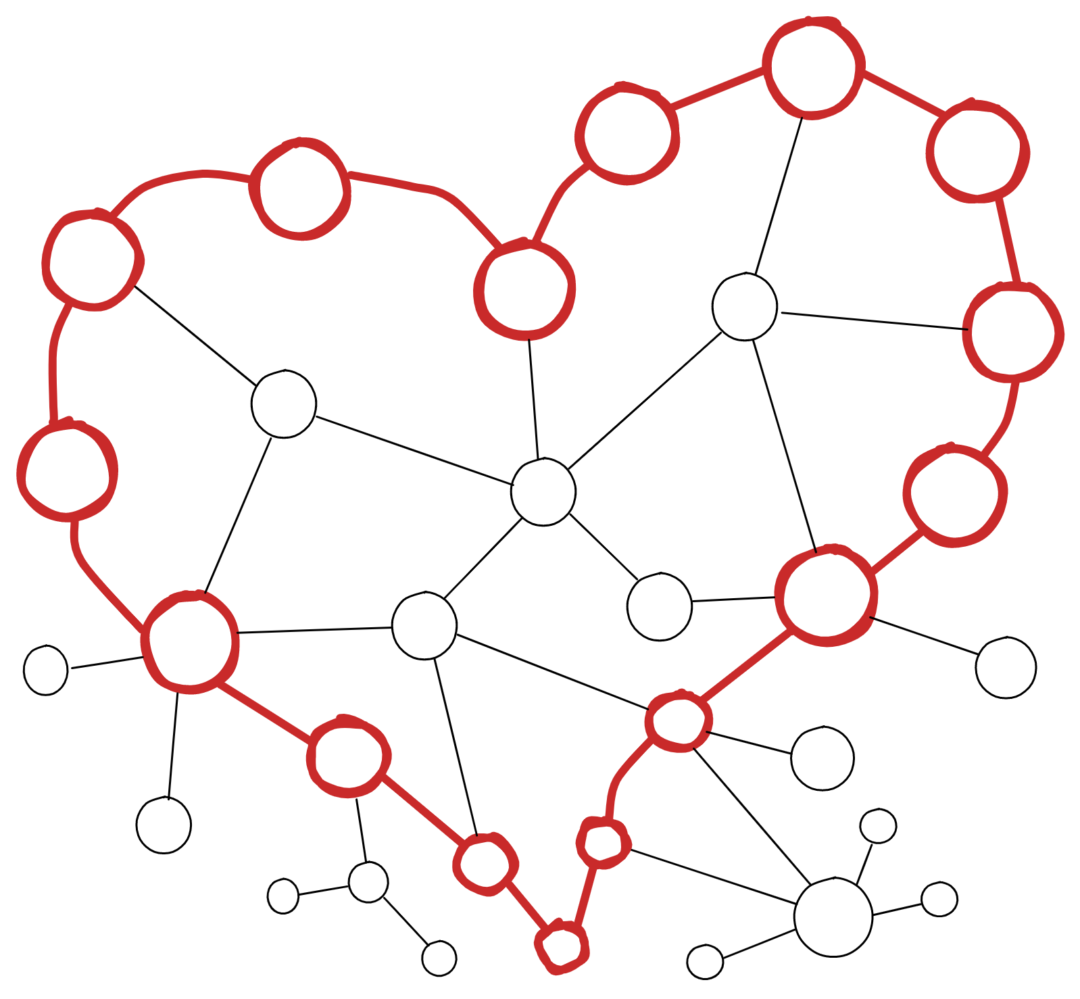Personal Knowledge Graphs
Blog: Strategic Structures
Video
Slides
Personal Knowledge Graphs
Personal Knowledge Graphs
Why, what, and where to?
Ivo Velitchkov | July 2nd 2021
Balanced Presentation
Three waves
Graph is in the air
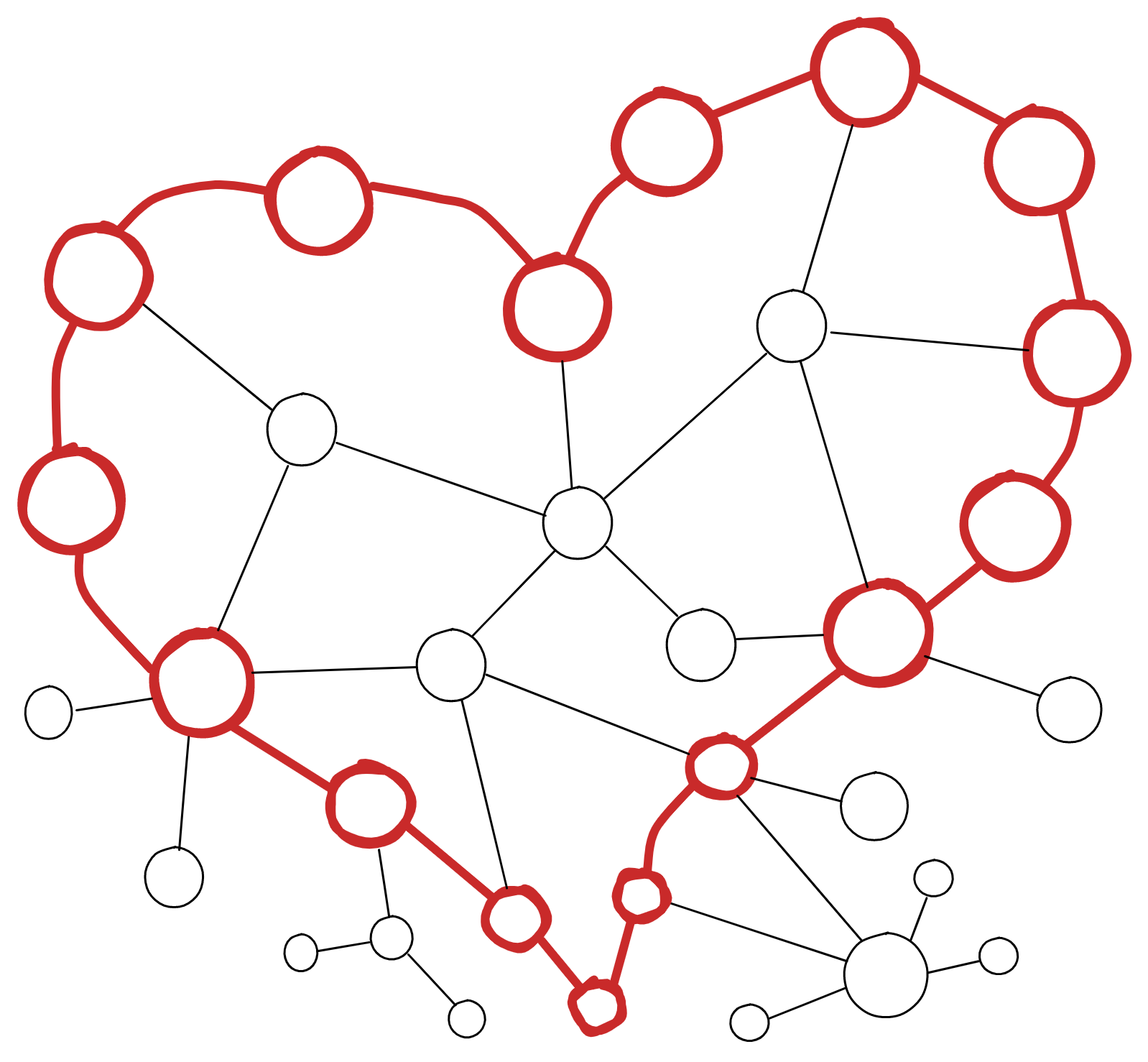
-
Open Knowledge Graphs
-
Enterprise Knowledge Graphs
-
Personal Knowledge Graphs
Implications for the uptake of Linked Data
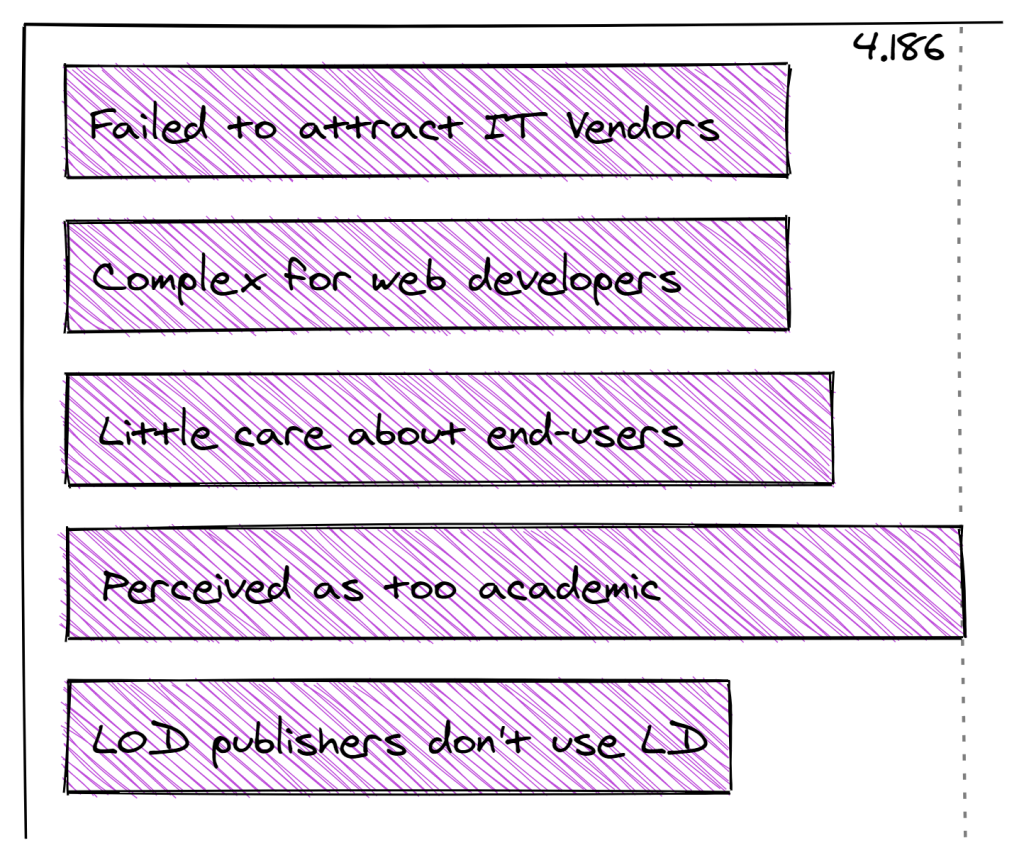
See Linked Data uptake.
Personal Knowledge Graphs (PKG)
Everybody is already using PKG
Nobody is using PKG yet
Personal information is trapped in silos
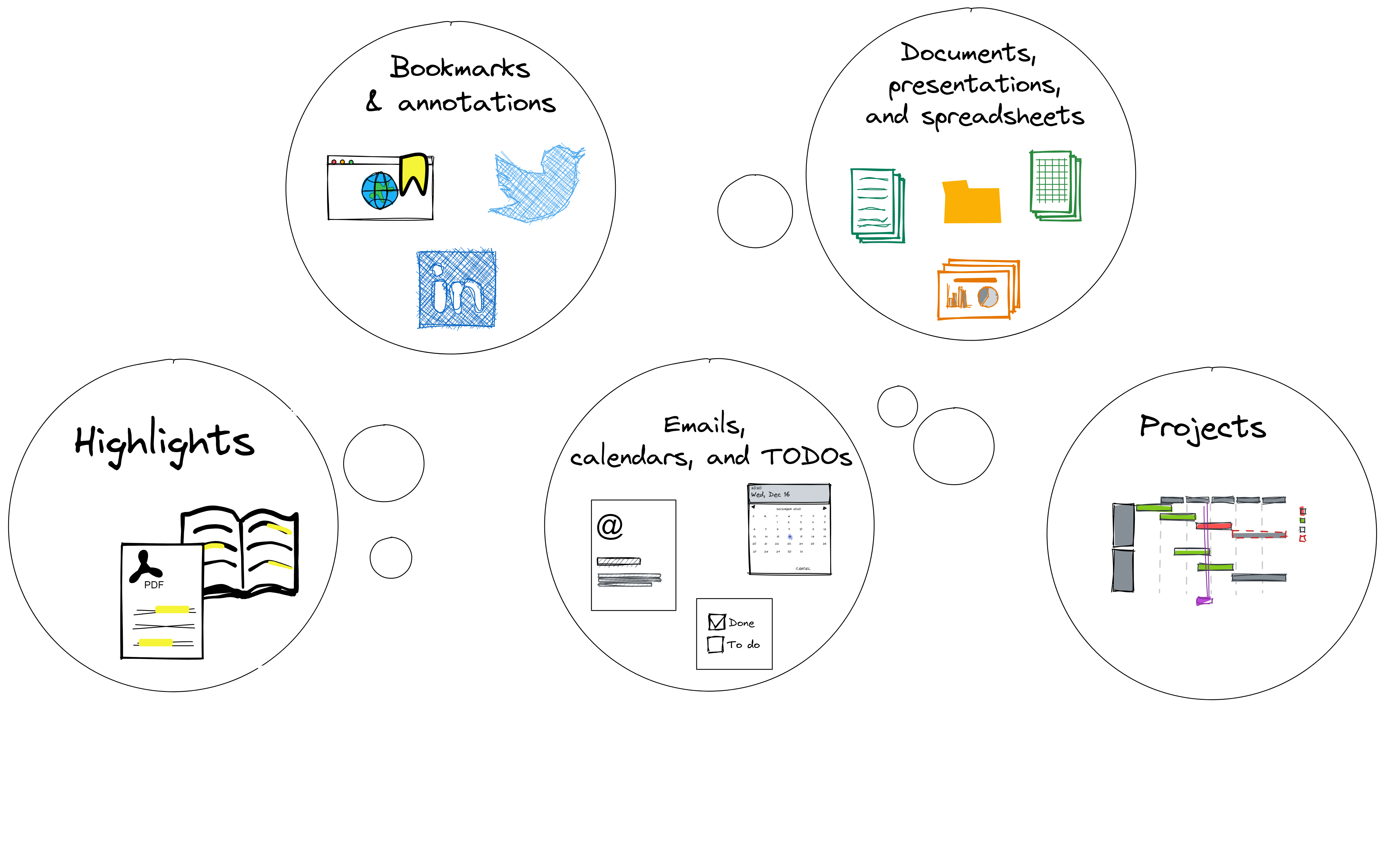
Bookmarks
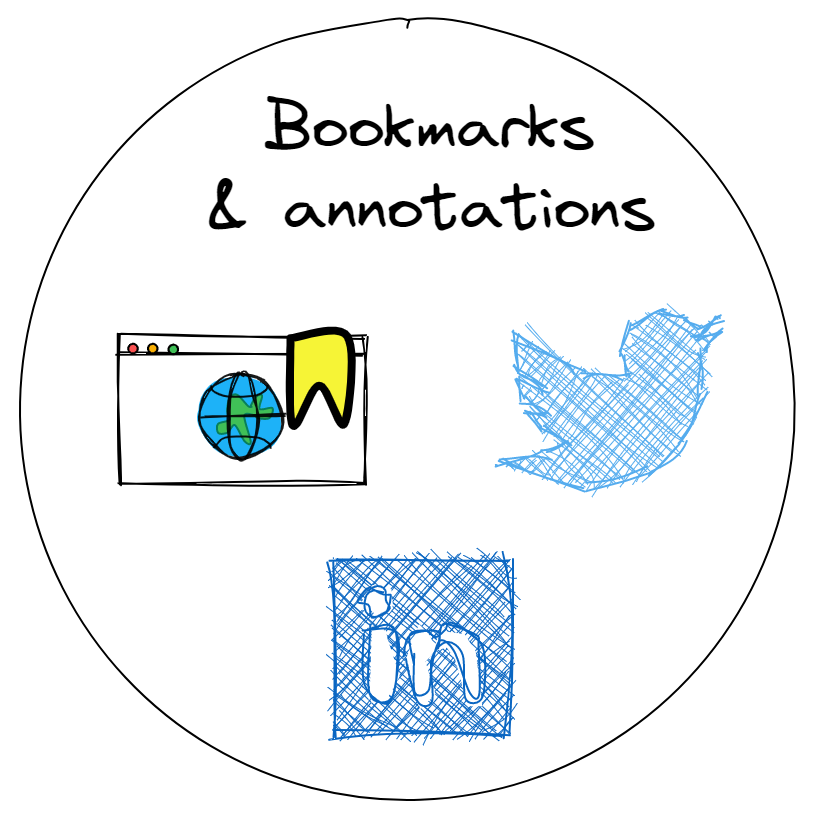
- “Re-finding”
- 70% save frequently accessed website as bookmarks
- Bookmarks are used for retrieving only
- 16% of bookmarked sites
- Possible reason: ^^fail to preserve the context^^ of the original retrieval
- Source: Out of sight and out of mind: Bookmarks are created but not used (2021)
- Olaf Bergman, Steve Whittaker, Joel Schooler
- 16% of bookmarked sites
- Also: what is bookmarked is a whole page but we are interested only in certain parts
- Enter ^^web annotation^^ tools: Diigo, Hypothes.is
- Bookmarking items on social media
- often with the meaning of “read later”
Documents
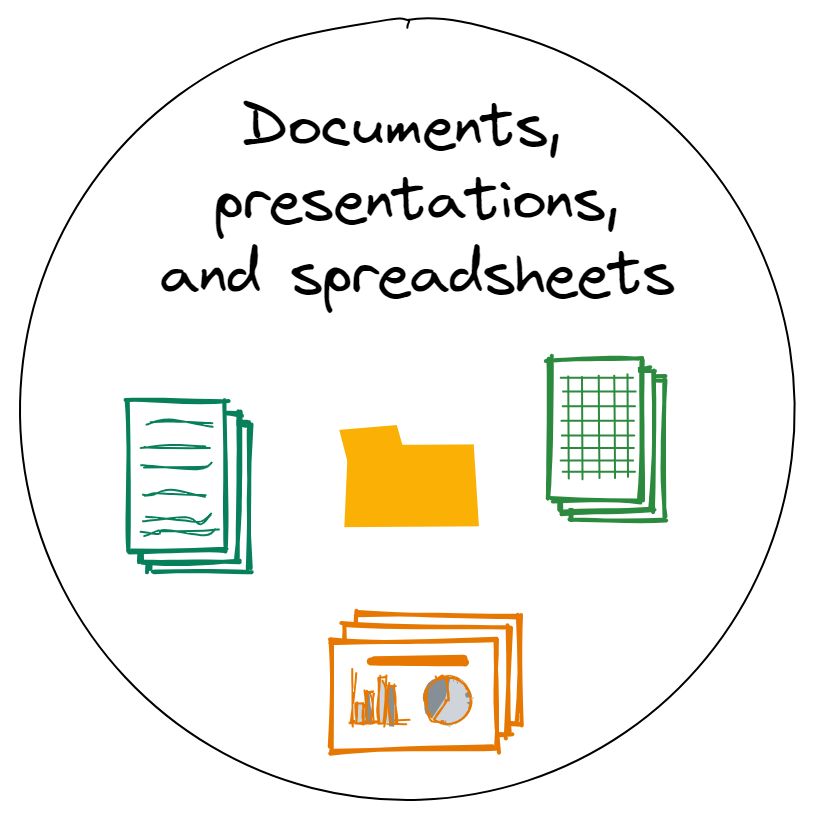
- Usually don’t have persistent IDs
- Their parts* never do
= not reusable not linkable
- Application and data are coupled
* paragraphs, images, bullets
The nodes are stored but the edges are in our heads 1/2
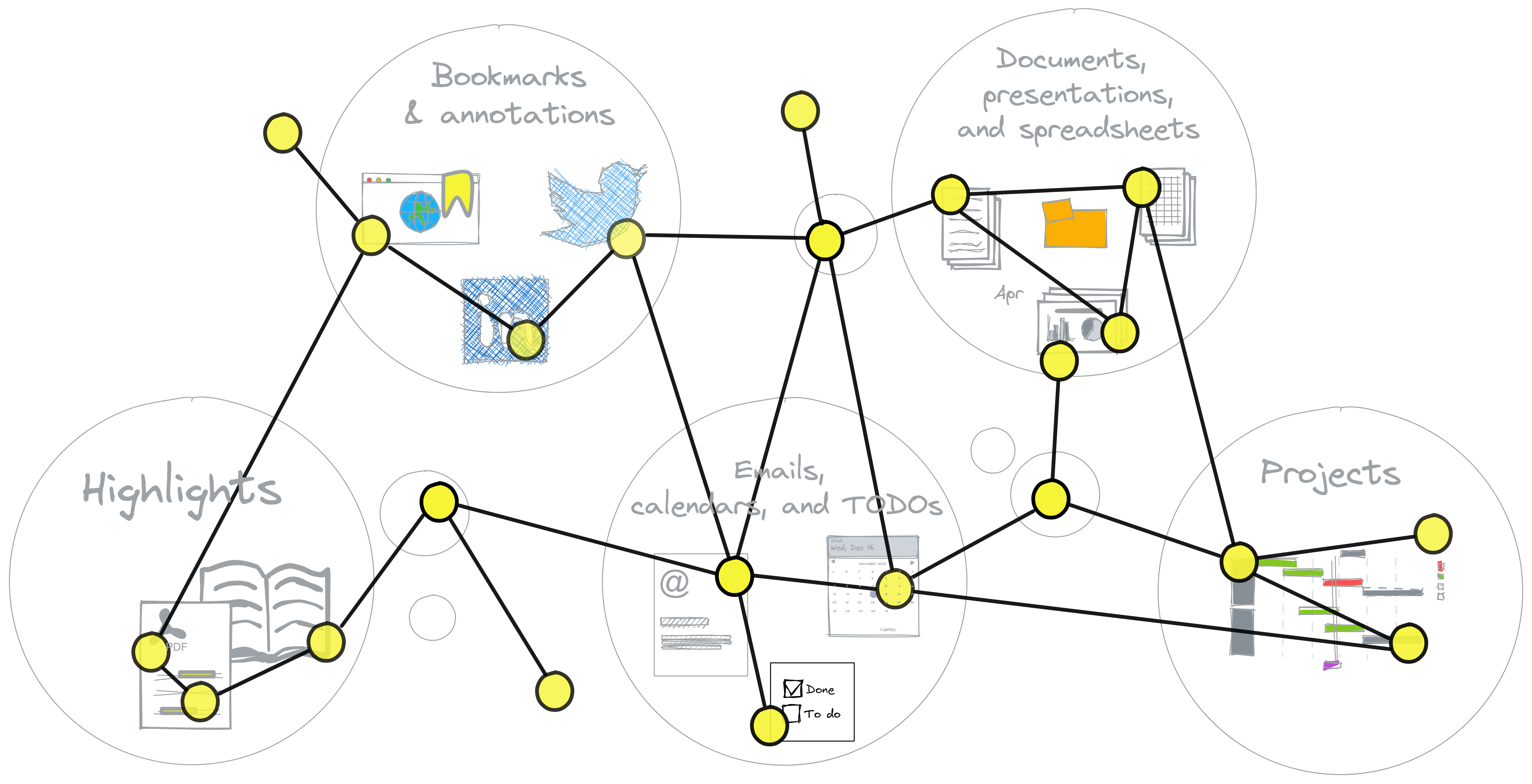
The nodes are stored but the edges are in our heads 2/2

Everybody is already using PKG
Associations, history, and context are in our heads
Personal Knowledge Management Systems

2019-2020: Eruption of “tools for thought”
(networked note-taking)
Before 2019

2019 – 2020
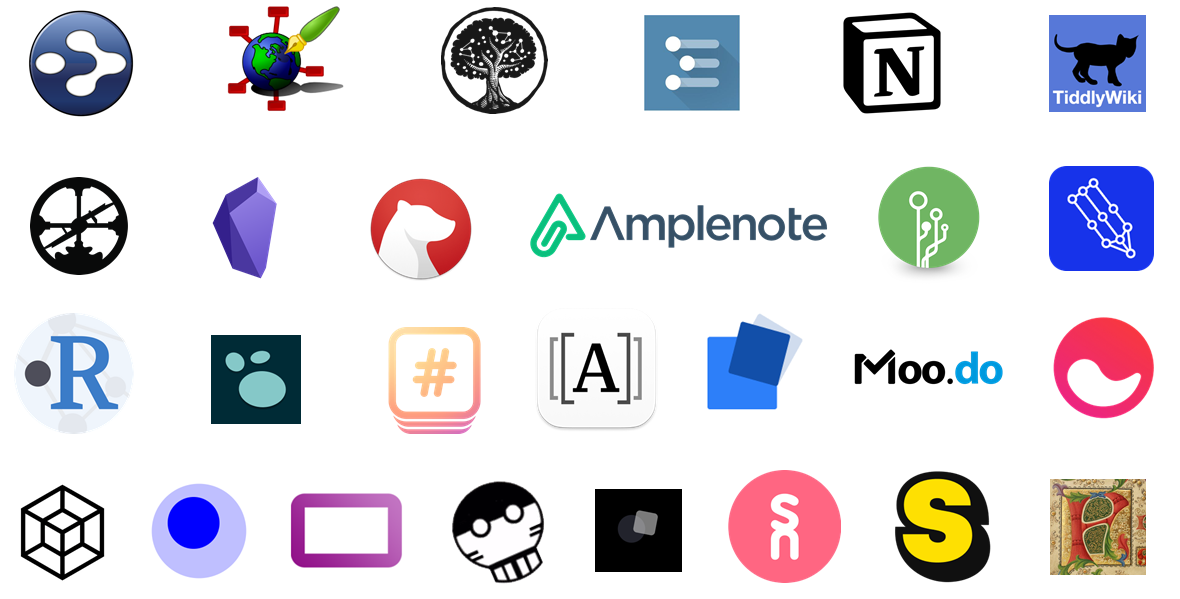
This is the second wave
The second wave
- Some history
- Interacting with a PKG
- My experience and hacks
- Architecture and technology patterns
- Some other observations
- The limitations of PKG apps
The first PKG
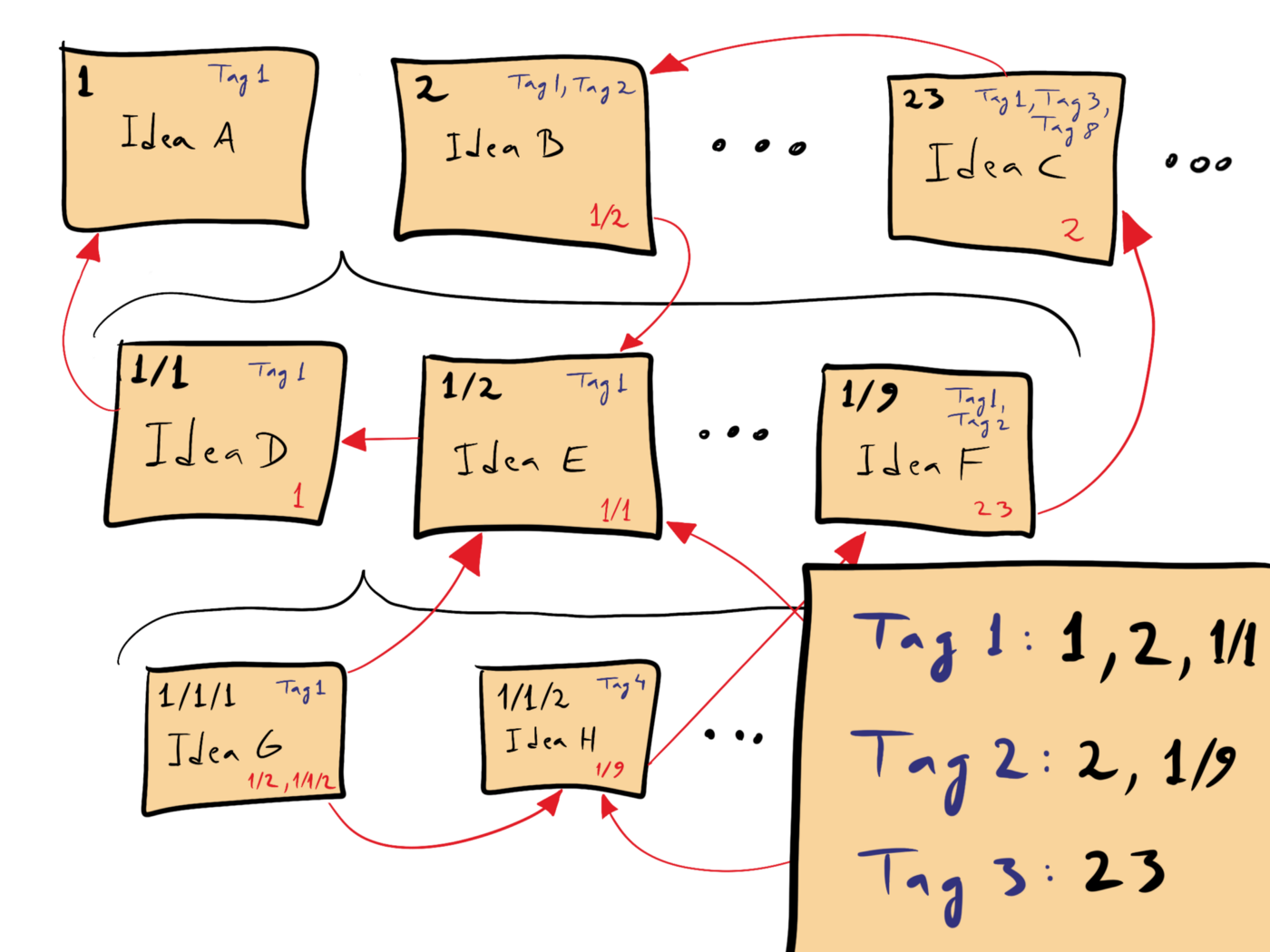
Luhmann’s Zettelkasten

Niklas Luhmann (1927–1998)
- 70 books and 400 articles
- Zettelkasten
-
- 90 000 linked cards
- 30 years
-
The PKG as a ‘thinking partner’

Every note is only an element that receives its quality only from the network of links and back-links within the system.
As a result of extensive work with this technique, a kind of secondary memory will arise, an alter ego with who we can constantly communicate. It proves to be similar to our own memory in that it does not have a thoroughly constructed order of its entirety, not hierarchy, and most certainly no linear structure like a book. Just because of this, it gets its own life, independent of its author.
My PKG?
My PKG, 14 months old
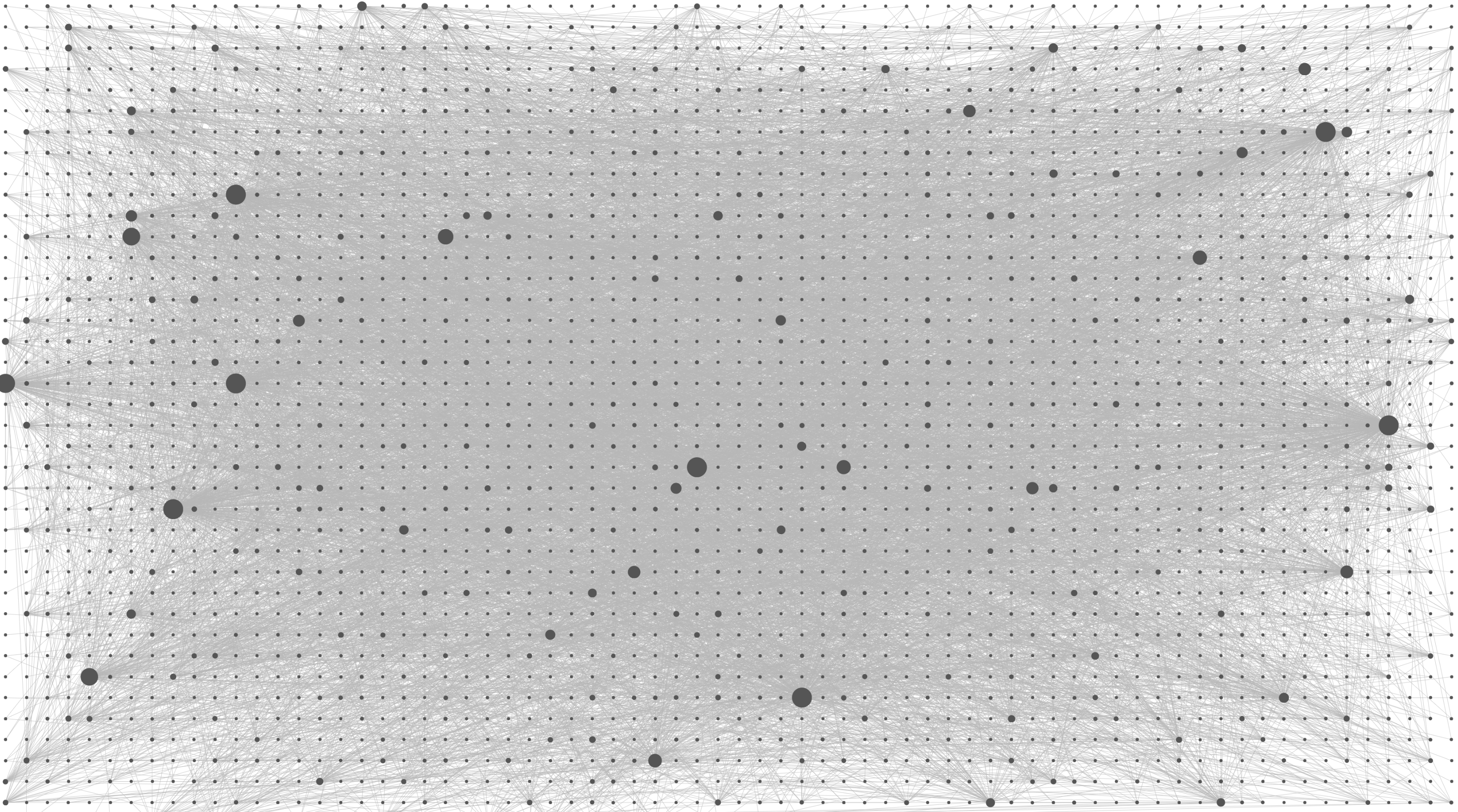
- 3117 nodes (pages)
But my actual graph is 20 times bigger:
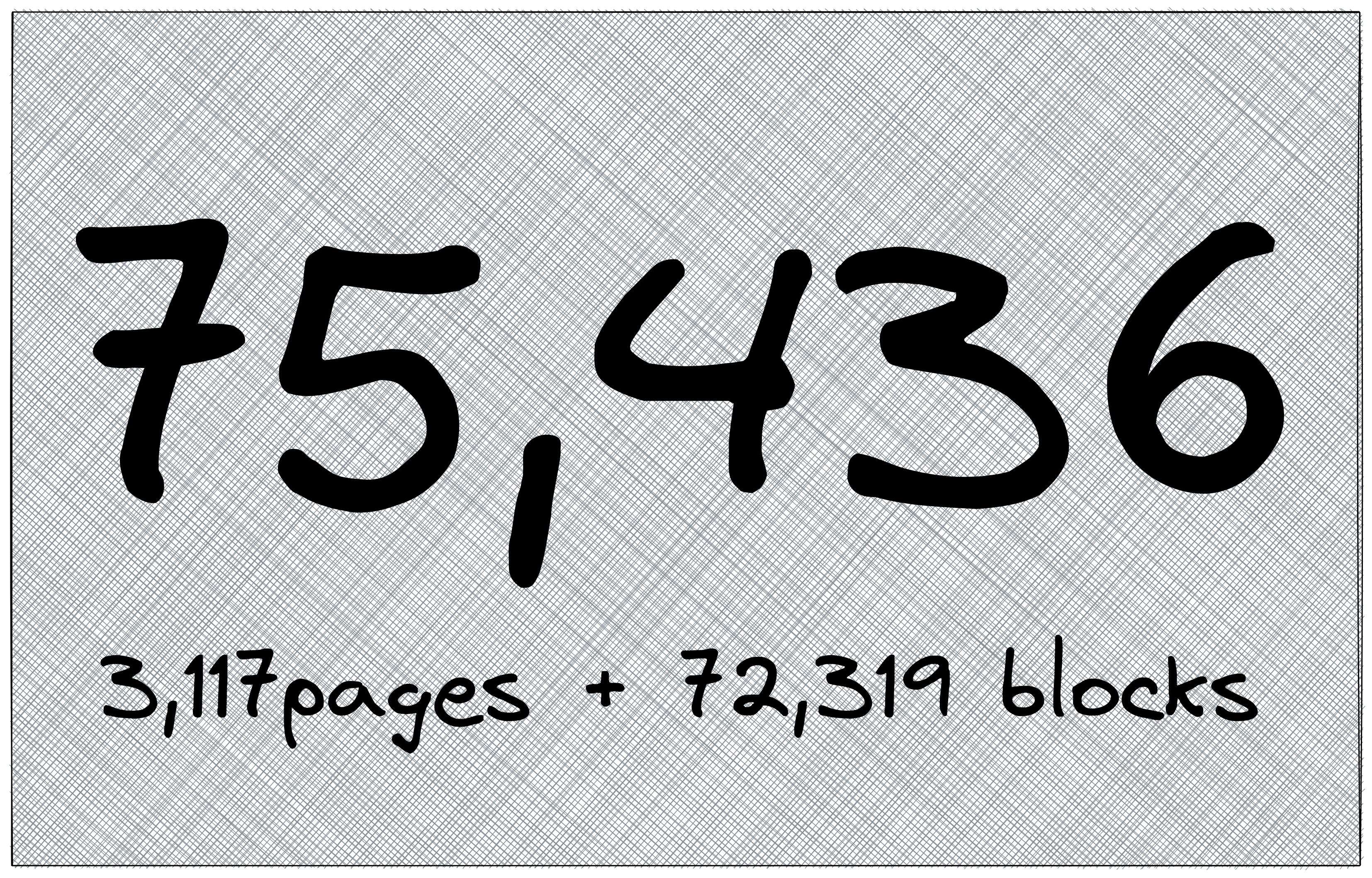
Use cases
- Daily tasks
- Events (integration with calendar)
- preparation
- notes
- tasks
- follow-up
- Research
- Projects
- Collecting knowledge
- Bookmarks with highlights from
- Kindle books
- Web pages, articles
- Embebed PDFs
- Bookmarks with highlights from
- Linking ideas
- Writing (drafting and directly publishing where possible)
- Journaling
- Articles
- Books
- Emails
- Posts
- WordPress
- Slack
- Reviews
- Newsletters
- Other documents
- Projects
- Events (integration with calendar)
- Presentations
- Planning
- Issues
- Risks
- Test
- Deliveries
- Documentation
- Presentations (both making and presenting)
- Relationship management
- Learning
- Home
- Tracking service subscriptions
- Training
- Code
More integration, fewer silo-apps
- Reduced or completely stopped using
- MS Word and Google Doc (now only for reviews)
- PowerPoint and Google Slides
- Evernote
- Trello
- Plectica
- Simple Mind
- Pastebin
- Google Tasks
- Zenpen
- Diigo
- …
Presenting about PKG from a PKG
Relationships
-
Most current apps stop at references
-
But what kind of reference?
-
And what’s the direction?
All graphy tools4thought hide the most valuable feature of directed graphs: the edges’ direction.
They show P1–P2 both when P1 is referred to in P2 and when P2 is referred to in P1.
Should be:
{a}–mention–>P1–mention–>{b}@roamhacker @houshuang @logseq @AthensResearch— Ivo Velitchkov (@kvistgaard) April 16, 2021
Relationships in Roam
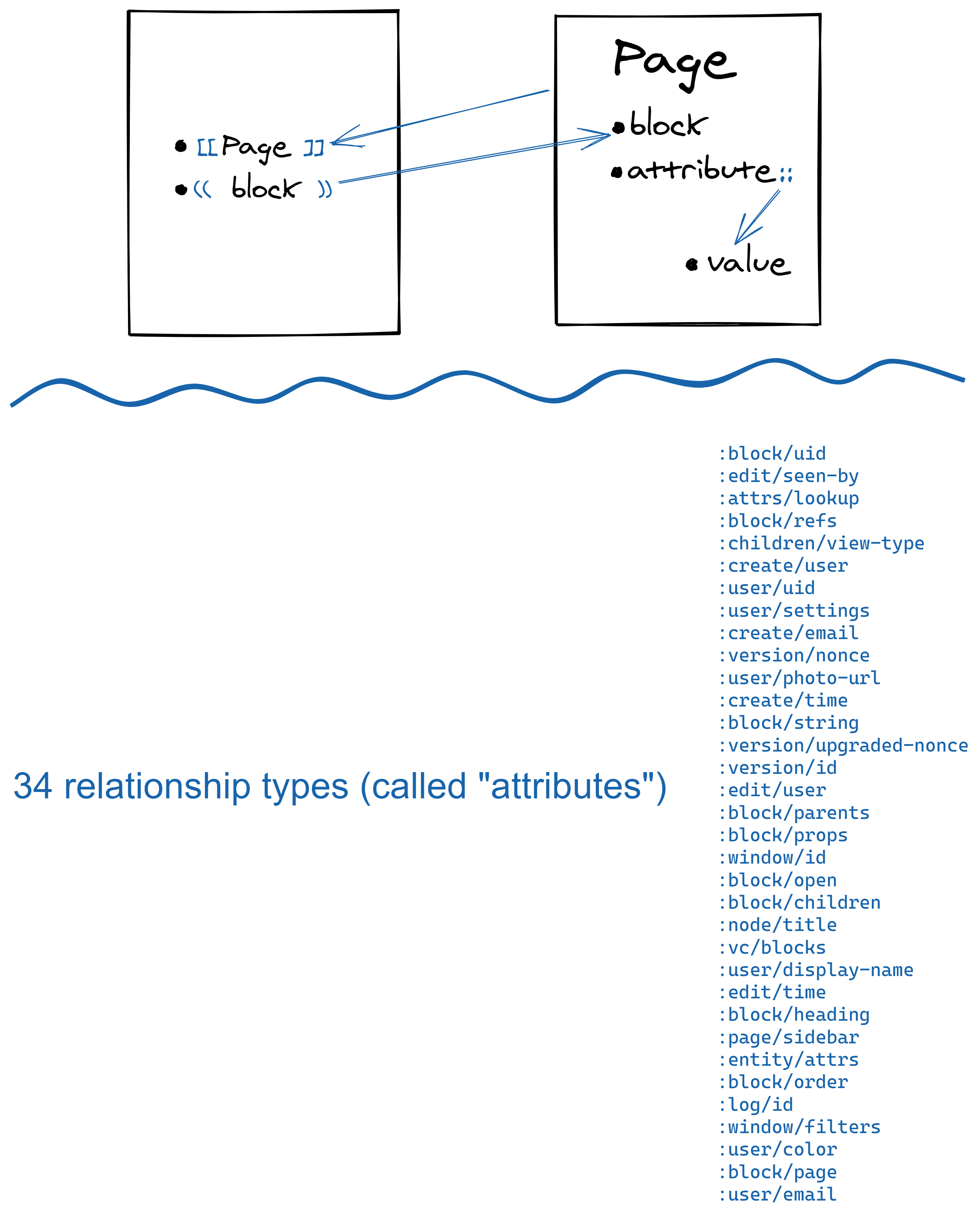
Turn Roam into a Semantic PKG
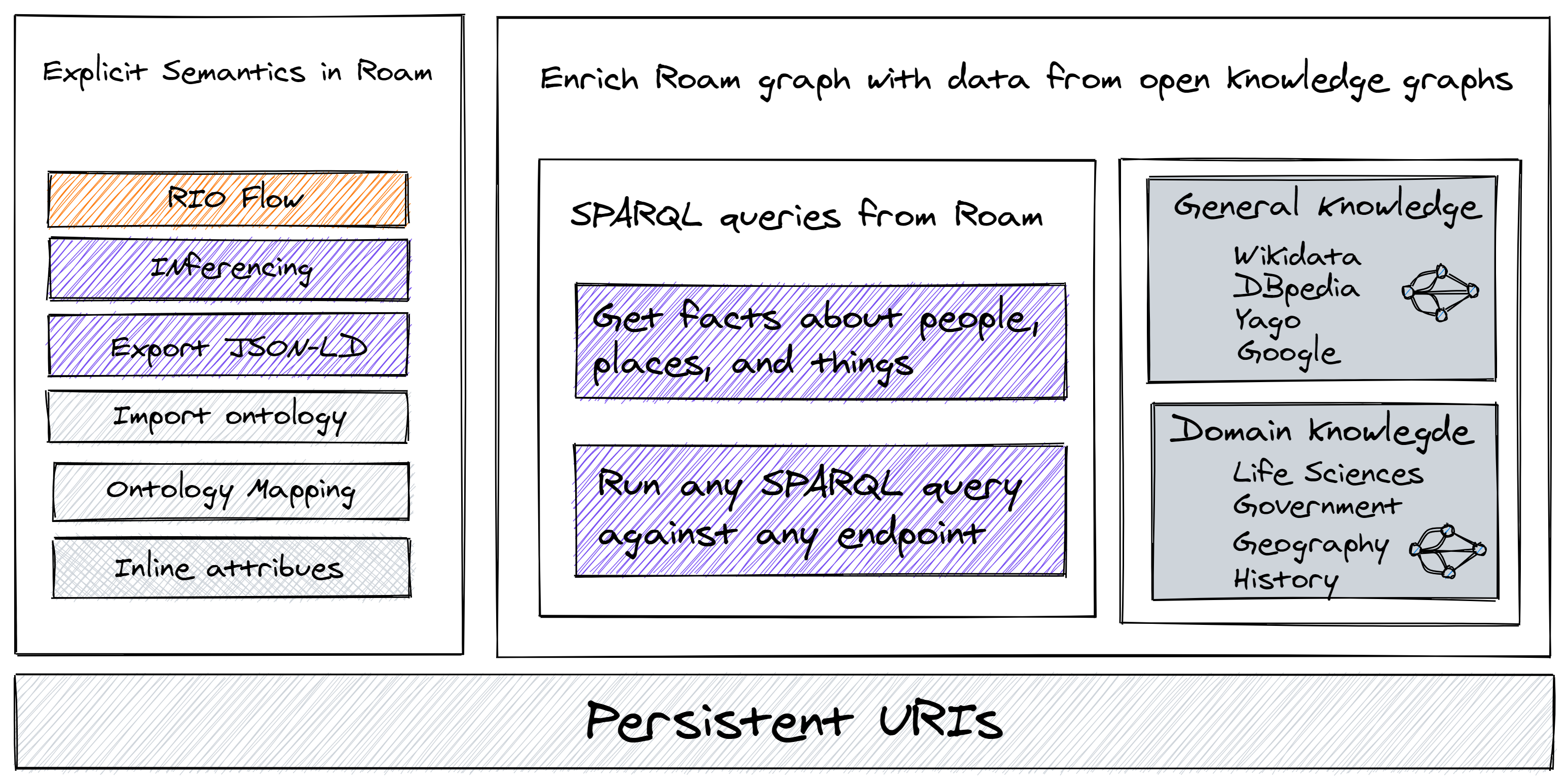
RIO flow
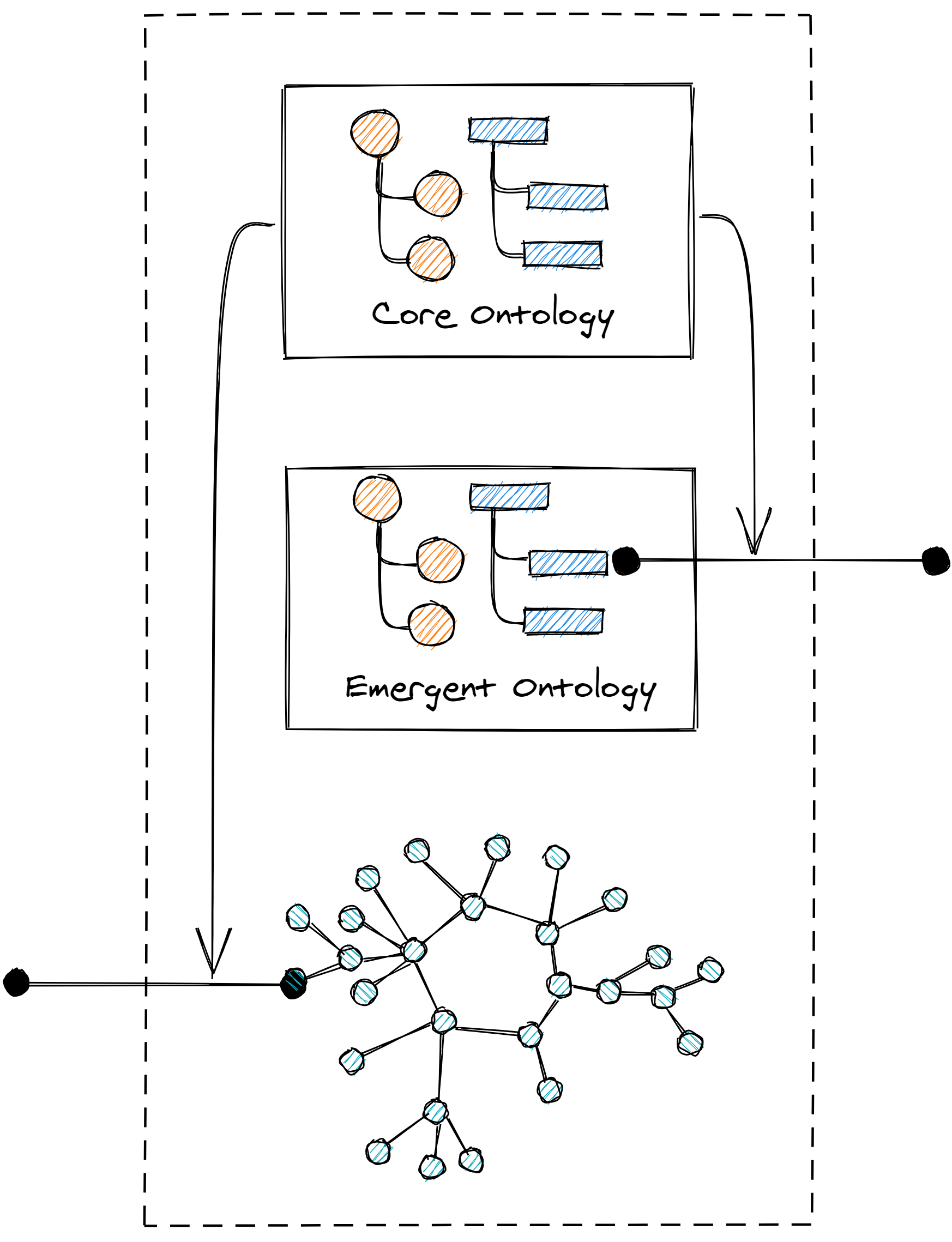
- ROCO = ROam Core Ontology
- Classes such as Class and Property
- Properties such as subClassOf and same as
- RIO = Roam Internal Ontology
- Currently:
- 111 classes
- 28 properties
- Demo: https://youtu.be/F1HYaGfqzLM
Linking a PKG with open knowledge graphs
- General Knowledge
- Wikidata: 12.5 billion statements
- DBpedia: 860 million
- YAGO: 0.478 billion
- Google Knowledge Graph: 86 billion
- Scientific publications
- Microsoft Academic Knowledge Graph: 10 billion
- Open Citations: 8 billion
- Domain knowlegde
- Life sciences
- Uniprot: 81 billion
- IDSM: 14 billion
- Government
- EU publications: 0.893 billion
- UK Parliament
- Italian Parliament
- Swiss Federal GeoPortal
- Life sciences
Architecture and technology patterns

- Processing at client side
- Markdown (sign of the third wave)
- Clojure
Kanopi architecture
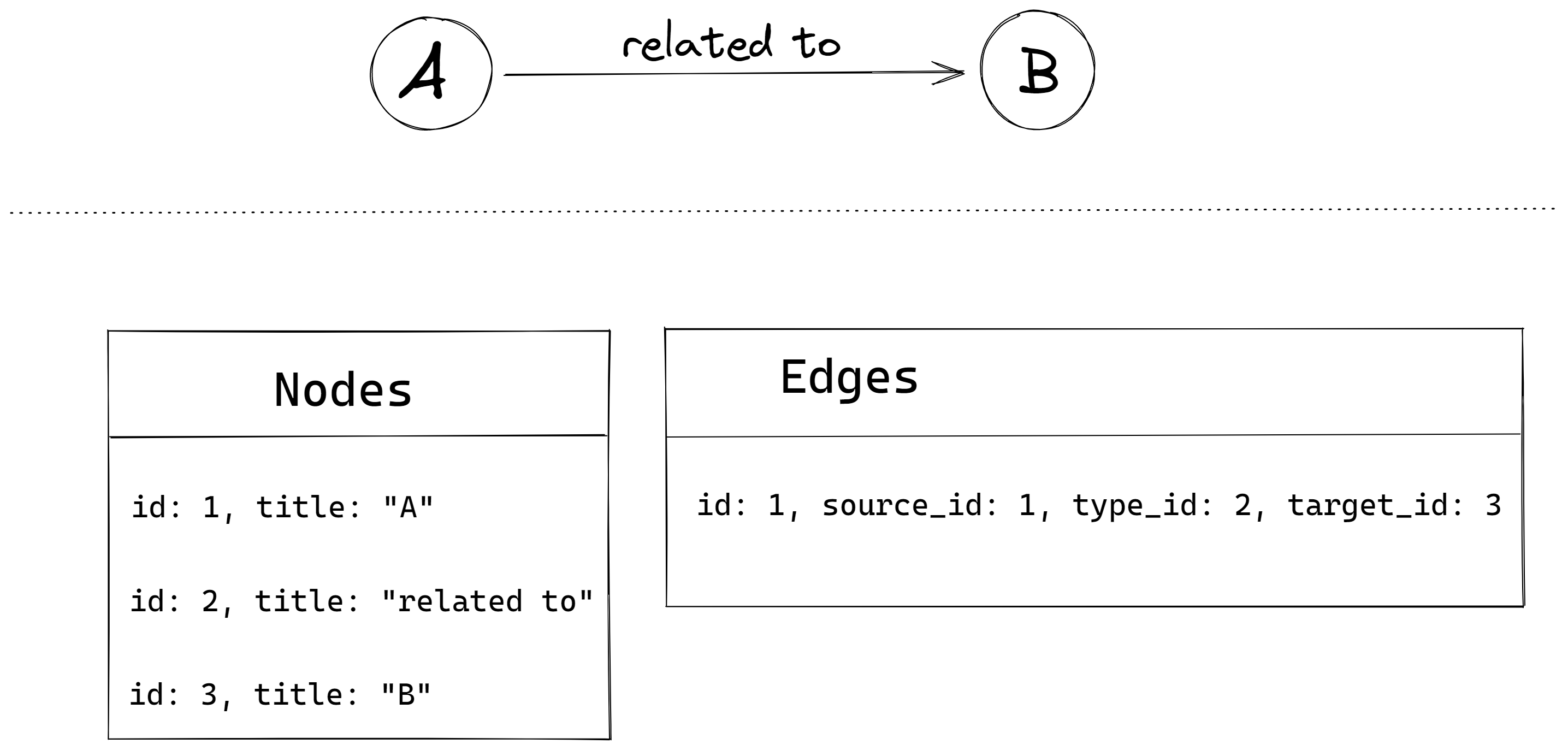
- Technology stack
- Backend – Postgres, Clojure
- API – GraphQL
- Frontend – React, Redux
Other observations
- Very high importance of
- extensions (plug-ins)
- community
- Growing importance of having full control over personal data
- Best achieved so far by MD-based apps
Evolution of PKG 1/2
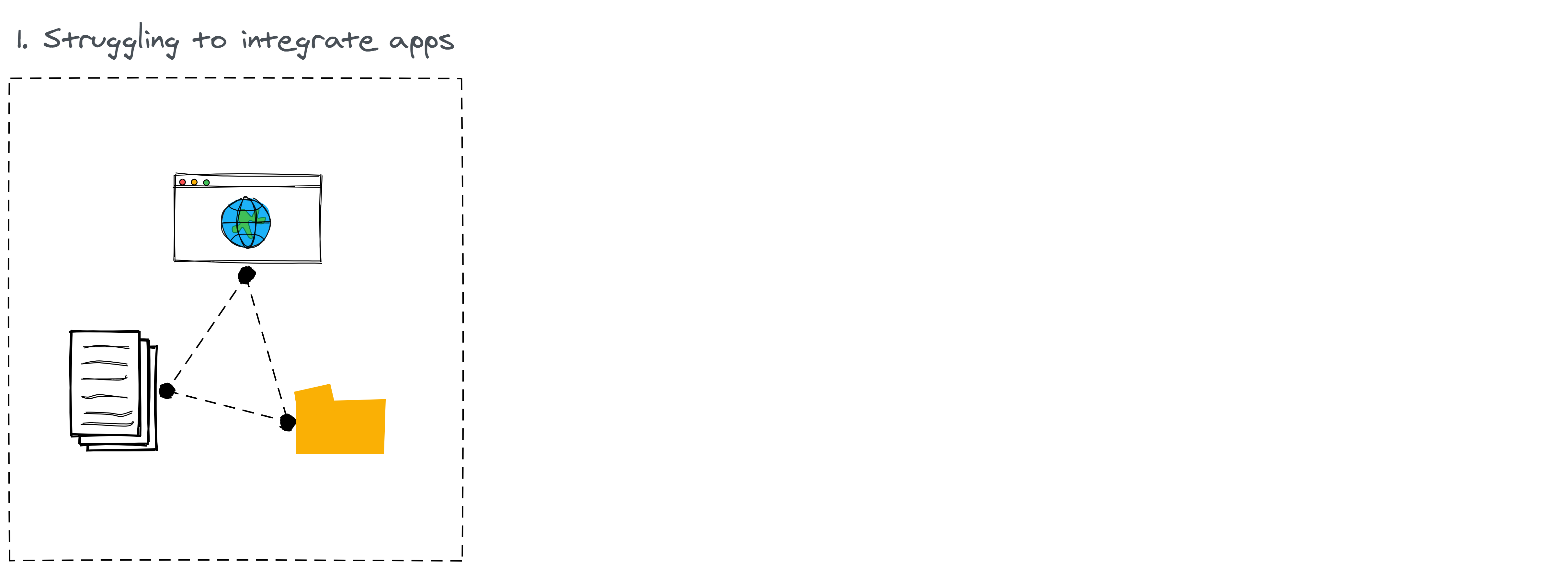
Evolution of PKG 2/2
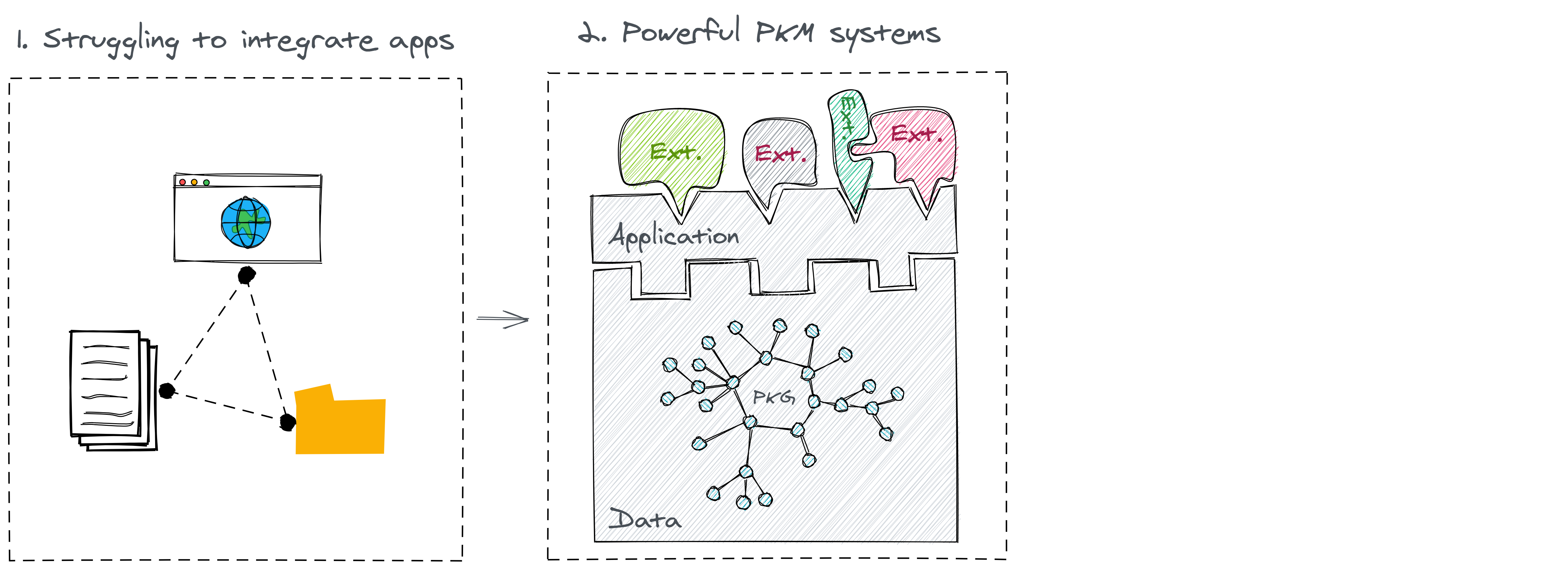
The limitations of the PKG apps (second wave)
- Scope
- Most of your personal data is always “outside”, not connected
- Example: When I search for “PKG”
- I should get results from
- Text documents (Word, Google doc)
- PDFs
- eBooks
- Emails
- Containing in the subject
- Containing PKG in the body
- LinkedIn
- My posts containg PKG
- My bookmars containg PKG
- The posts containing PKG that I reacted to
- Twitter
- My tweets with PKG
- My RTs with PKG
- My likes with PKG
- Tweets with PKG I commented to
- Discord
- Messages with PKG
- Slack
- Messages with PKG
- Telegram
- Messages with PKG
- Notebooks
- GitHub
- I should get results from
- Example: When I search for “PKG”
- Most of your personal data is always “outside”, not connected
- Own your own data
- Interoperability
- My workflow on X needs a feature/plug-in only available for Y
Conclusion
-
Just like EKG,
-
PKG should be ^^data-centric^^
-
Principles
- Data is self-describing and does not rely on an application for interpretation and meaning.
- Data is expressed in open, non-proprietary formats.
- Applications are allowed to visit the data, perform their magic and express the results of their process back into the data layer
- Access to and security of the data is a responsibility of the data layer, and not managed by applications.
Personal Knowledge Graphs (PKG)
Nobody is using PKG yet
The third wave
Enablers
- Solid
- Decentralized technologies
- IPFS
- dWeb
Evolution of PKG: Apps are visiting magicians
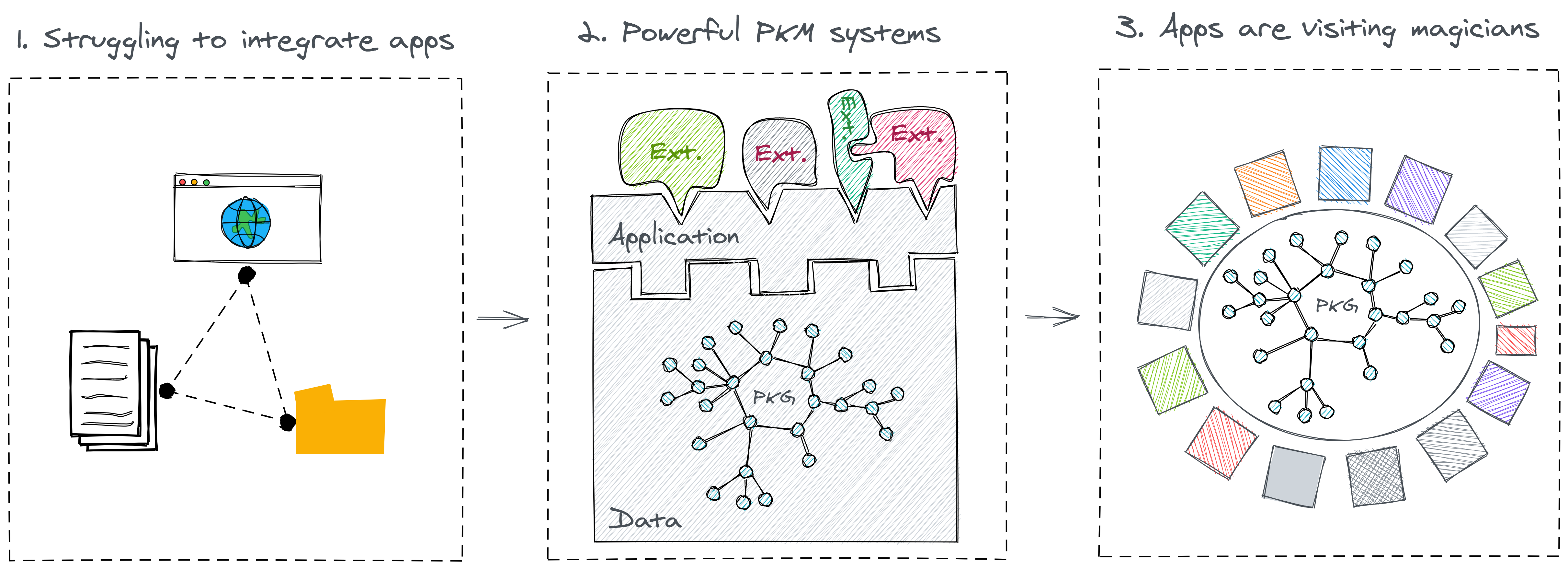
Leave a Comment
You must be logged in to post a comment.
